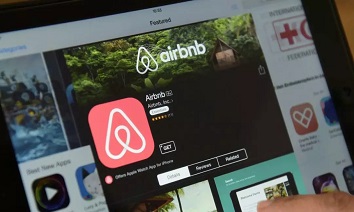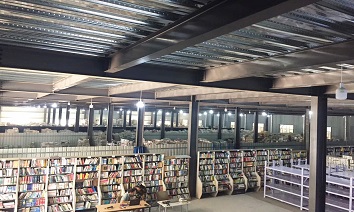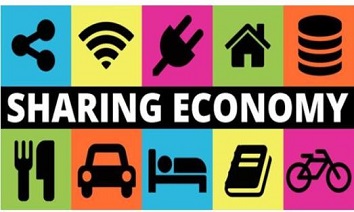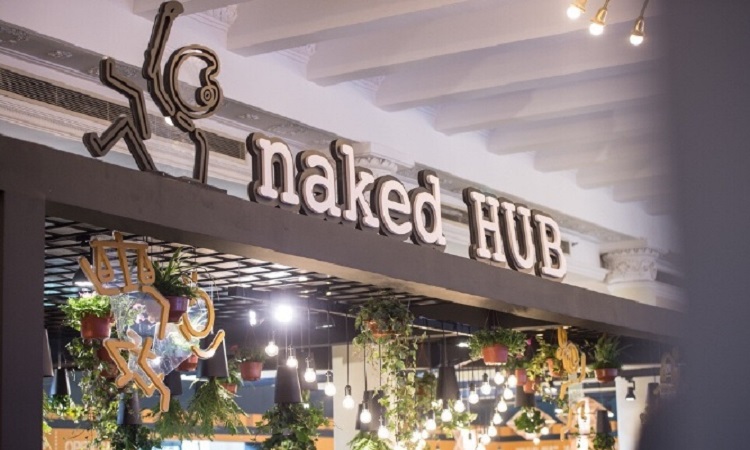The Sharing Economy Spells Doom - Or Boom - For The Senior Housing Industry
Smart devices falling under the label of the Internet of Things are enabling remote health and safety monitoring at home.
(From Forbes, ) Demography is destiny. Or at least that is the investment thesis for the senior housing industry. The fast expansion of the assisted living sector, in particular, is based on the overwhelming reality that for the next several decades the number of older adults will see explosive growth across the United States. The graying of today’s Silent Generation (those born from the mid-1920s to 1940s) and the coming wave of aging Baby Boomers make for some very promising spreadsheets and graphs.
While I am a fellow believer that demography is destiny, context also matters. As I argue in my book, The Longevity Economy, the context of aging tomorrow will be far different from when the concept of assisted living and senior housing generally was originally developed. The evolution of today’s and tomorrow’s innovative technologies and services are set to profoundly change the context of aging, our expectations for life in our advanced years and where we choose to age.
Survey data reported by AARP suggests that nearly 90% of older adults want to age-in-place or, put simply, stay in their own home through retirement. That desire may be more feasible than ever with new technologies combined with rapidly evolving and innovative services in the home.
Smart devices falling under the label of the Internet of Things are enabling remote health and safety monitoring at home. From everyday kitchen appliances such as the smart refrigerator to the increasingly ubiquitous presence of smart speakers (did you hear your name, Alexa?) to even smart toilets, these new technologies not only support older adults living in their own homes, they provide a degree of reassurance to worried and often guilt-ridden adult children providing care at a distance.
Technology is also enabling entirely new services and lifestyles to support older adults living at home and often alone – lifestyles typically enjoyed by far younger generations. You know them. The Millennials. Everything has to be convenient. They don’t own, they rent. They don’t drive, they ride share. Their laundry is picked up and delivered. They don’t even do their own errands or fix things around the home – they have an app that calls Alfreds, Rabbits and other people to do all of that. Heck, they don’t even go to the grocery store – they have their food prepared in a kit, delivered and ready to eat. An entire assisted life at the tap of a finger. But these younger and middle-aged adults are not just convenience-crazed consumers living by app. They are also tomorrow’s caregivers and key influencers of aging parents.
The combination of the desire of older consumers to stay home and new technologies and services that help make that possible should give the investment community and senior housing industry pause about the power of demographics alone to drive senior housing growth.
Consider a study conducted by my colleagues at the MIT AgeLab. The team explored the possible costs of aging at home with the support of the sharing economy. Although the exploratory study was limited to the Boston area, the results are eye-opening.
Generally speaking, utilizing services (household errands, homecare, transportation, meal preparation, etc.) to stay in one’s own home via the sharing economy cost less than the average monthly cost of assisted living – even as the need for services increases with diminishing physical capability.
Does the emergence of new technology and home services on-demand spell doom for assisted living? One scenario might suggest yes.
If older people are able to stay in their homes longer, even for a few months, the demographic projections driving assisted living inventories (and future revenues) might turn out to be overly optimistic. What’s more, home technologies and services may move the average age of entry into senior living from today’s early 80s well into the mid-80s and beyond, when adults are more likely to be frail and require more complex and costly care not currently integrated (or priced) into most assisted living centers.
But wait – there is another scenario. Could these new technologies and services be the foundations of a new senior housing boom?
For all the promise of home technologies and the sharing economy to provide support to older adults aging-in-place at home, there is still a great deal of coordination required. The older adult or adult child (typically the oldest adult daughter) has to be an informed and smart buyer. Which technology do I buy? How to introduce it into the home? Who maintains it? Who do I call when there is a glitch?
Likewise, the sharing economy may be as easy as a click on the smartphone, but complex considerations remain. Which service do you choose? Who do you trust to go into your elderly mother’s home when she is there alone? How do you coordinate a multitude of services?
There is clearly a role for a systems integrator of trusted technologies and services to serve both the older adult and the adult child. Senior housing today is primarily a real estate investment paired with highly skilled operators and caregivers providing care. What if the senior housing industry became a trusted provider of services not wedded to any one place, facility or parcel of land?
Rather than waiting to be needed or discovered, senior housing properties could become centers of services enabling aging in place in the home, forming a virtual pipeline to senior housing residences from assisted living to skilled nursing.
Such a model goes well beyond the offerings of many of today’s homecare providers. New investment will be required to develop new processes, logistics, service models, rebranding, customer awareness campaigns, and beyond. Moreover, the skills necessary will require a new generation of senior service workers. New skills and training in technology integration, evaluation, and coordination of multiple third party partner providers will be required. In addition to the new training will be the development of a technical team that are not professional caregivers, but like nurses, social workers, etc., are able to confidently cross the threshold of the home and garner trust from both an older adult and her adult children.
The future may already be here; it’s just not widely distributed yet. Brookdale Senior Living recently rolled out a front desk concierge service that coordinates Uber and Lyft rides for its assisted living residents. Going further, the development of more advanced services that can be brought into clients’ homes is “very important” to Brookdale’s business, according to Director of Strategy and Innovation Andrew Smith. “We want our residents in independent living to stay there as long as they want. We don't want to force them into assisted living. That's their home.”
While using new technology and evolving sharing economy services to augment today’s senior living residences is a start, the real opportunity is to transform the senior housing industry into a continuum of care services that begins in the homes that older adults live in today. Perhaps the greatest challenge will be convincing those in the investment community and some in the senior housing industry that there is a need for a change. While demography is destiny, the exact trajectory of the future is not always so easy to predict. Players in the longevity economy can’t only rely on the sheer numbers and buying power of the coming wave of older adults; they must be willing to create new businesses and transform existing industries for a new, savvier and demanding generation of older adults and family caregivers.
-

Sharing Economy: Short-Term Rental Industry, Development Fierce
-

A Chinese App for Sharing Books Has Received Tens of Millions of RMB Pre-A round of Financing
-

China’s Sharing Family: "Enjoyrental" Sharing the Furniture and Home Appliances"
-

Naked Hub Published the World's First Charge by Time United Office Space Brand in Shanghai

 沪公网安备31010402003309号
沪公网安备31010402003309号



